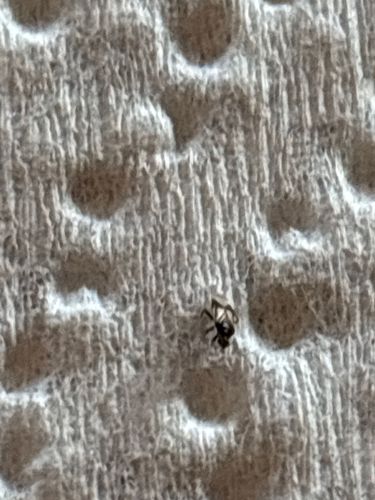Ant
Scientific Name: Formicidae
Order & Family: Hymenoptera (Order), Formicidae (Family)
Size: Typically from 2 to 25 mm (0.08 to 1 inch)

Natural Habitat
Ants are found almost everywhere on land, adapting to various habitats from forests and grasslands to deserts and urban environments. They often build nests in soil, under rocks, in wood, or even inside buildings.
Diet & Feeding
Highly varied depending on the species. Many ants are omnivores, feeding on nectar, seeds, fungi, other insects (both living and dead), and honeydew produced by aphids. Some are specialized predators or scavengers.
Behavior Patterns
Ants are highly social insects, living in colonies that can range from a few dozen to millions of individuals. Colonies typically consist of one or more queens, sterile female worker ants, and male ants. They exhibit complex social behaviors, including division of labor, communication through chemical signals (pheromones), and sophisticated nest construction. Foraging patterns are often well-organized.
Risks & Benefits
Potential risks include property damage (e.g., carpenter ants damaging wood), food contamination, and painful bites or stings from some species (e.g., fire ants). On the benefit side, ants play crucial roles in ecosystems: they aerate soil, disperse seeds, predate on other insects (acting as natural pest control), and decompose organic matter.
Identified on: 10/10/2025